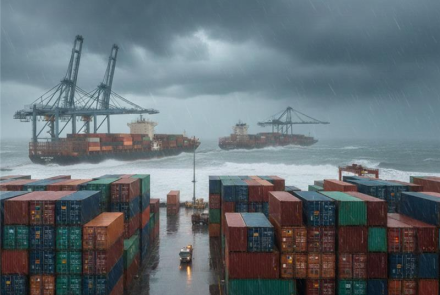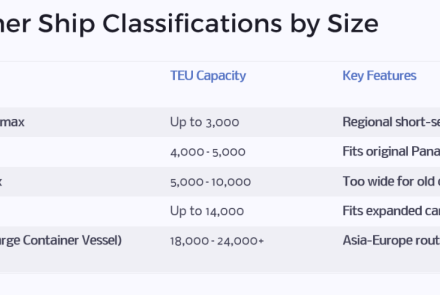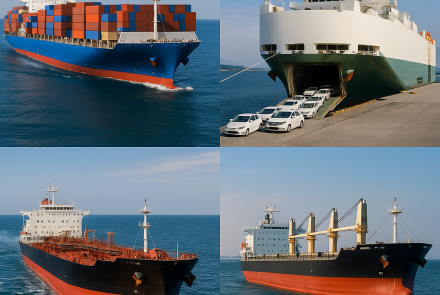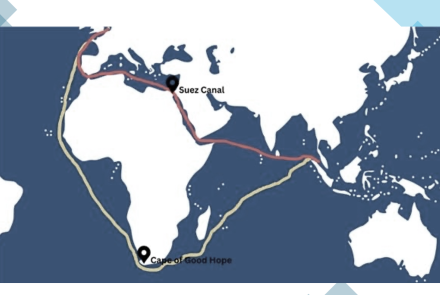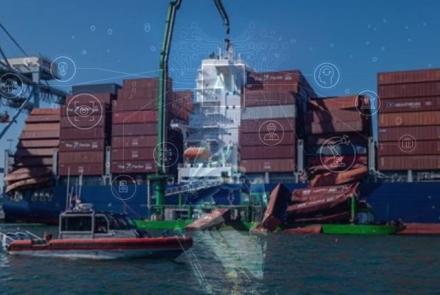How to Inspect a Container Before You Lease or Buy It
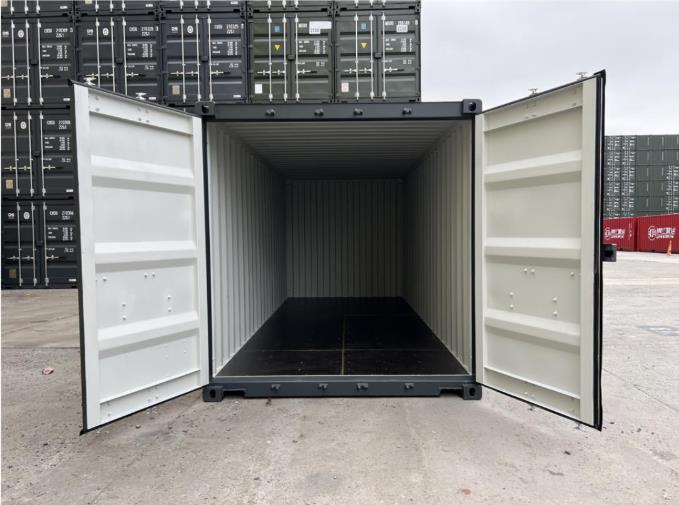
Leasing or buying a shipping container can be a smart investment - if you know what to look for. Whether you're sourcing containers for storage, transport, or modification, conducting a proper inspection is crucial to avoid costly surprises down the line.
At VS&B Containers, we believe in helping customers make informed decisions. That’s why we’ve put together this practical container inspection guide to ensure your next purchase or lease is worth every dollar.
1. Examine the Container Doors and Seals
Start with the doors. Do they open and close smoothly? Are the hinges aligned and functioning? Pay special attention to rubber seals—they should be intact, not cracked or brittle. Damaged seals can lead to moisture ingress, risking your cargo's safety.
✅ What to check:
Door alignment and hinges
Rubber seals for flexibility and tight closure
Locking rods and handles
2. Inspect the Flooring
A container's floor takes the most beating. Most shipping containers have marine plywood floors that should be solid and free of soft spots, holes, or major stains from hazardous spills.
✅ What to check:
No signs of rot or deep gouges
Even, stable flooring across the entire base
No chemical contamination
3. Look for Structural Integrity Issues
Walk around the container and check for dents, bends, or cracks in the steel. Minor dents may be acceptable, but deep or widespread damage could compromise the container’s durability—especially for intermodal transport or containerized rail freight.
✅ What to check:
Sidewalls and roof for dents or bulges
No rust holes or areas with flaking paint
No warping that affects stacking
4. Check for Rust and Corrosion
Some surface rust is common, but extensive corrosion is a red flag. Focus especially on the roof and bottom rails—these are the most vulnerable spots. For reefer containers, internal rust can be a bigger issue due to insulation and cooling mechanisms.
✅ What to check:
Corners and seams for corrosion
Undercarriage and bottom rails
Spot welds and joints
5. Ensure Container Identification is Present
Every ISO container must have a CSC (Convention for Safe Containers) plate. This ensures it’s certified for international transport. If you're dealing with international trade containers, the absence of a valid CSC plate can prevent the container from being legally shipped.
✅ What to check:
Clear container ID and prefix
Valid CSC plate
Manufacturer’s data and year
6. Special Considerations for Reefer and Modified Containers
If you’re inspecting reefer containers for lease, test the refrigeration unit for performance, check electrical wiring, and inspect insulation panels. For custom container modifications, confirm build quality, material finishes, and any added doors, vents, or shelving.
✅ What to check:
Functional temperature control systems
Seamless insulation and air-tight build
No tampering with electrical systems
7. Get a Professional Opinion If Needed
While this checklist covers the basics, container fleet management companies like VS&B can provide you with pre-vetted units or inspection reports. When you're dealing with NVOCC operations or large-scale container supply chains, you can’t afford guesswork.
Final Thoughts
Inspecting a container before leasing or buying isn’t just about ticking boxes—it’s about protecting your cargo, your budget, and your peace of mind. With this checklist in hand, you can approach your next container transaction with confidence.
And if you’re unsure? Let the experts at VS&B Containers Group assist you. With decades of experience in container shipping solutions, we’re your reliable partner in the global freight logistics game.
VS&B Containers group offers both standard and custom-made containers, delivered directly from the factory to your desired location. With a fleet of over 30,000 containers made available across Europe and Asia, the company helps customers get containers effortlessly from anywhere in the world. If you have unique needs in terms of affordability, adaptability, and potential return on investment, please drop an email to traders@vsnb.com, and the VS&B team will contact you to discuss further.
- Log in to post comments


